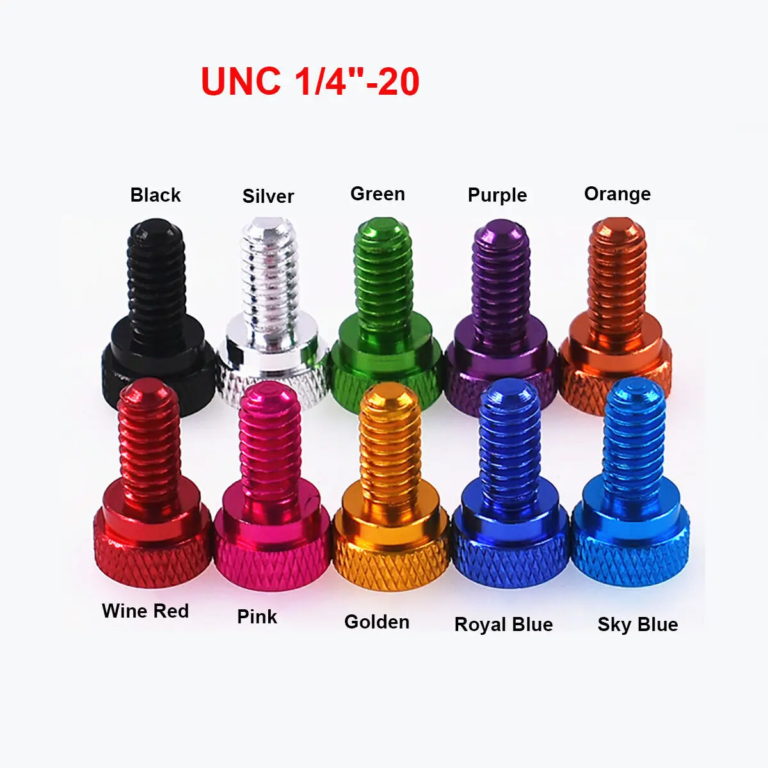Understanding CNC processing length: The right guide
In CNC machining, processing length is a key factor affecting the accuracy and quality of the final product. In this article, we will dig into the world of CNC processing length, exploring its definition, benefits and shared challenges faced by manufacturers.
What is CNC processing length?
CNC processing length refers to the length of the CNC processing process, which ranges from minutes to hours or even days, depending on the complexity of the task. The processing length affects the overall cost, quality and delivery time of the final product.
Benefits of CNC processing length
- accurate: Longer processing time allows more precise control of the processing process, resulting in highly accurate products.
- efficiency: With more time to perform various tasks, CNC machines can work more efficiently, reducing production costs and lead time.
- complex:Longer processing times allow manufacturers to deal with complex projects that require complex design and detailed execution.
Challenges for manufacturers
- Capacity limit: Due to limited capacity, manufacturers may struggle to meet demand, resulting in longer processing times and delays.
- Tools and fixtures limitations: The availability of suitable tools and fixtures can affect the efficiency of the processing process, resulting in delays.
- Operator expertise: A skilled operator who understands the details of CNC machining is essential to obtain accurate results.
Optimize CNC processing length
To overcome the challenges and maximize the benefits of CNC processing length, manufacturers can consider the following strategies:
- Invest in advanced technology: Utilize cutting-edge equipment and software to improve processing speed, accuracy and efficiency.
- Simplify the production process: Identify bottlenecks and optimize workflows to reduce processing time and increase productivity.
- Develop internal expertise: Provide operators with ongoing training and support to ensure they are up to date with the latest technologies and best practices.
in conclusion
In short, CNC processing length is a key factor that can make a project successful or break the success. By understanding the benefits and challenges associated with CNC processing lengths, manufacturers can optimize their operations to effectively and effectively produce high-quality products. Whether you are an experienced professional or just starting out, understanding CNC processing length is essential to succeed in the field of precision manufacturing.
FAQ
Q: What is the difference between CNC processing length and machine speed?
Answer: The CNC processing length refers to the total time it takes to complete a project, while the machine speed refers to the rate at which the machine performs a single task.
Q: How do manufacturers optimize their CNC processing lengths?
A: Simplify production processes and develop internal expertise by investing in advanced technology.
Q: What are the most common challenges manufacturers face in CNC processing length?
A: Capacity limitations, limitations of tools and fixtures, and operator expertise are some of the most common challenges.
Q: Can you provide some examples of cases where a longer CNC processing length is required?
A: Yes, complex projects, prototypes, or high-precision applications often require longer processing lengths.
By understanding the length of CNC processing, manufacturers can gain a competitive advantage in the market, effectively produce high-quality products and build trust with their customers. It is very obvious that we can help you optimize CNC processing lengths and achieve production goals. Contact us today to learn more about our CNC machining services!

















